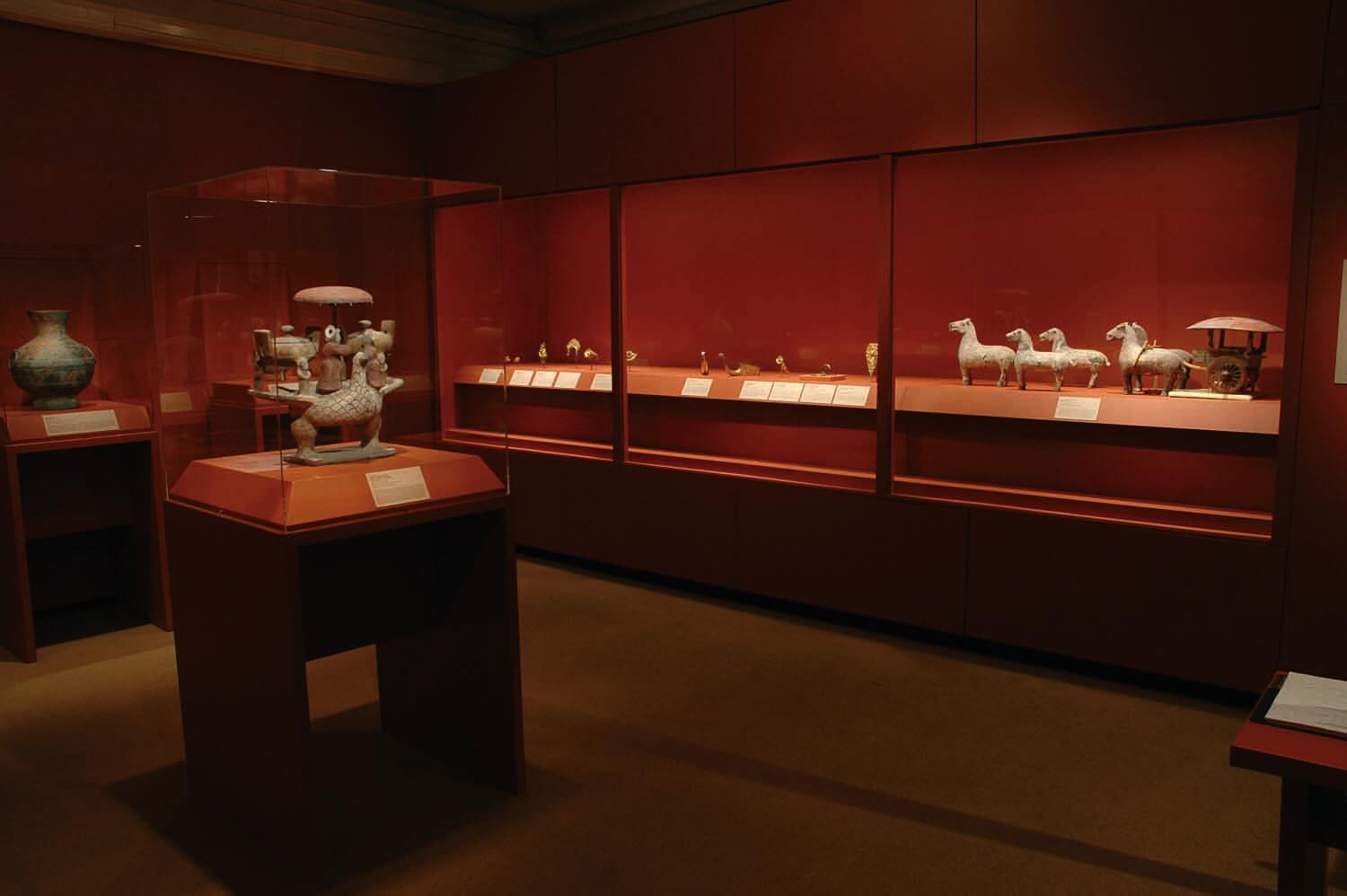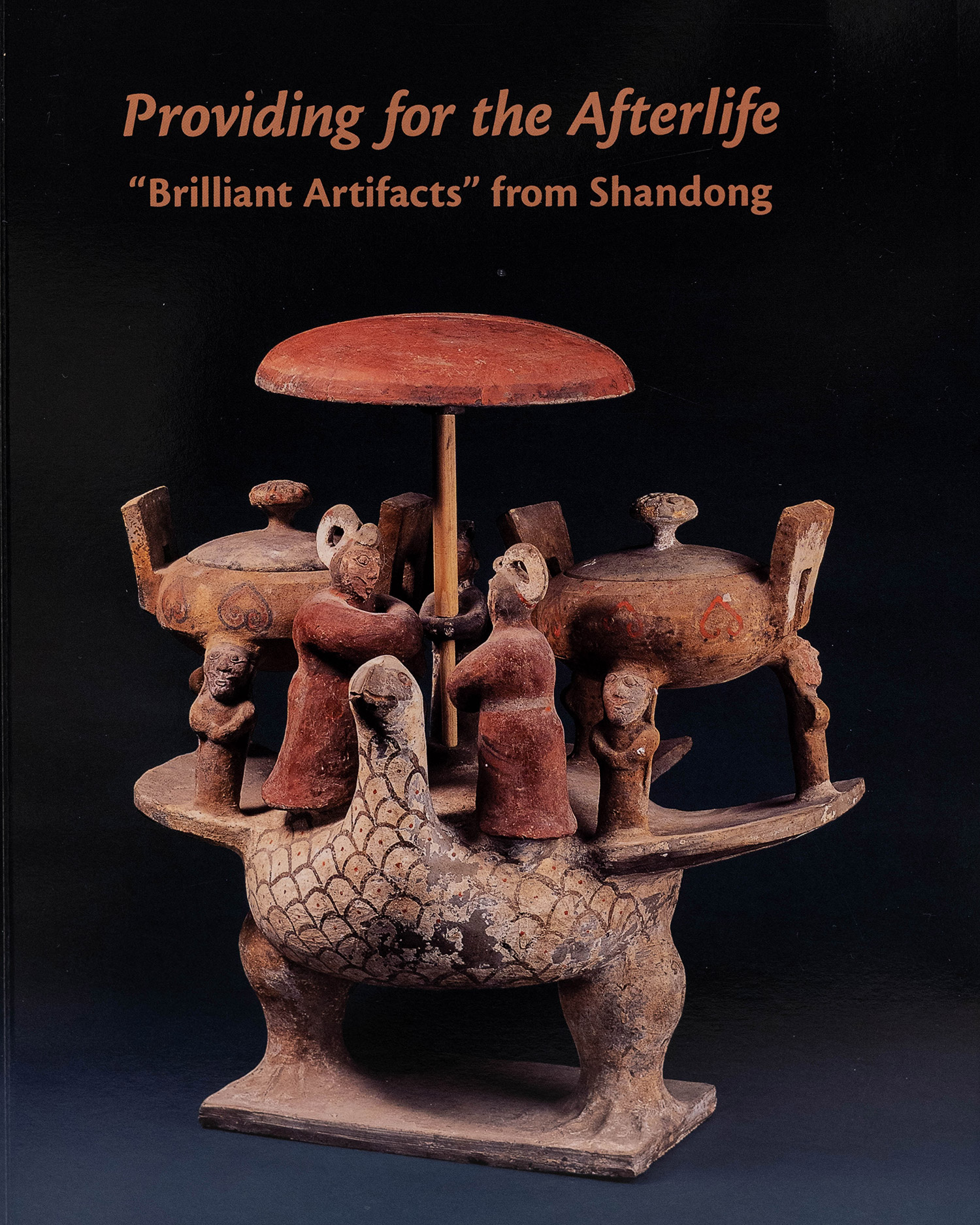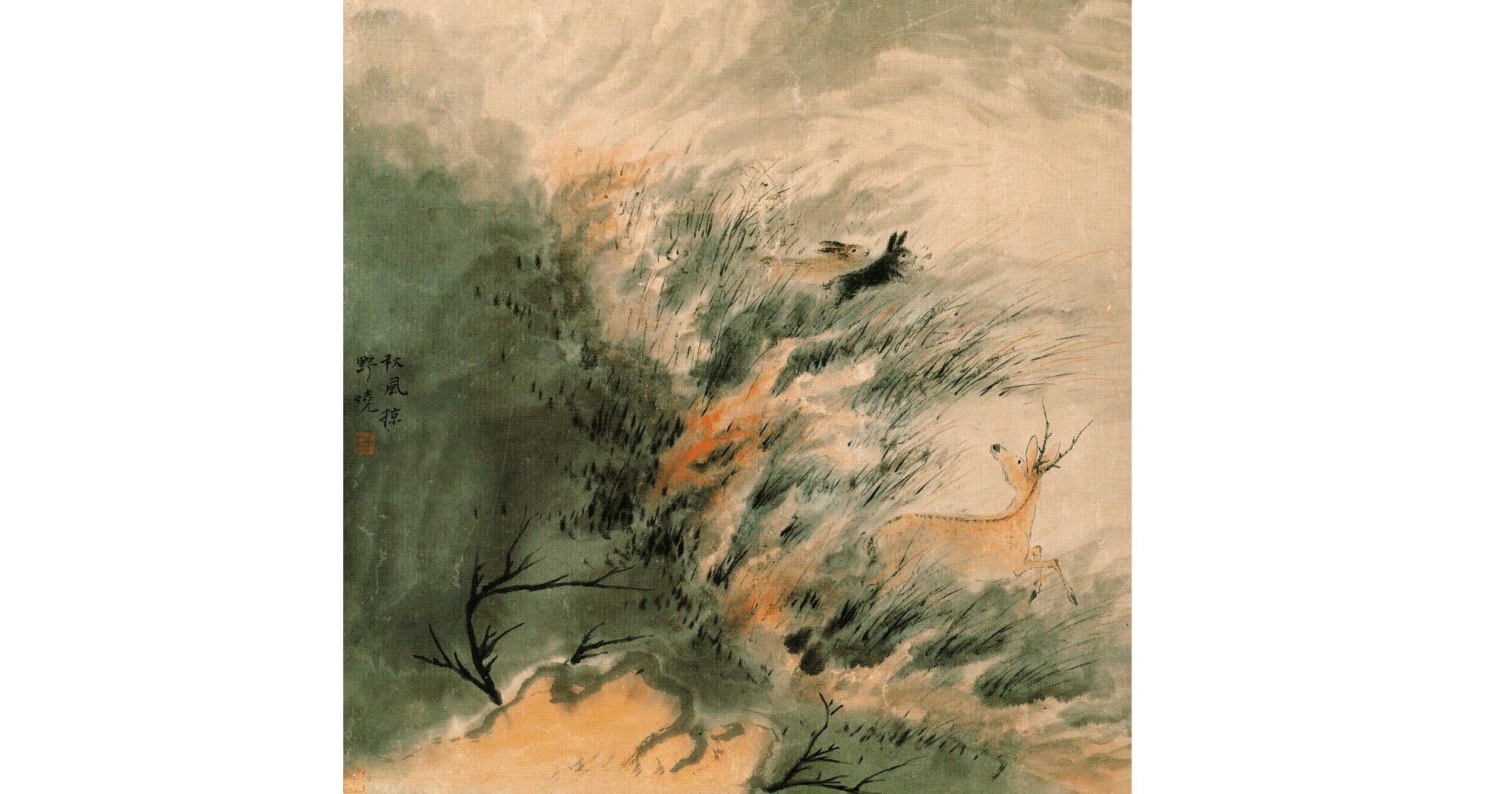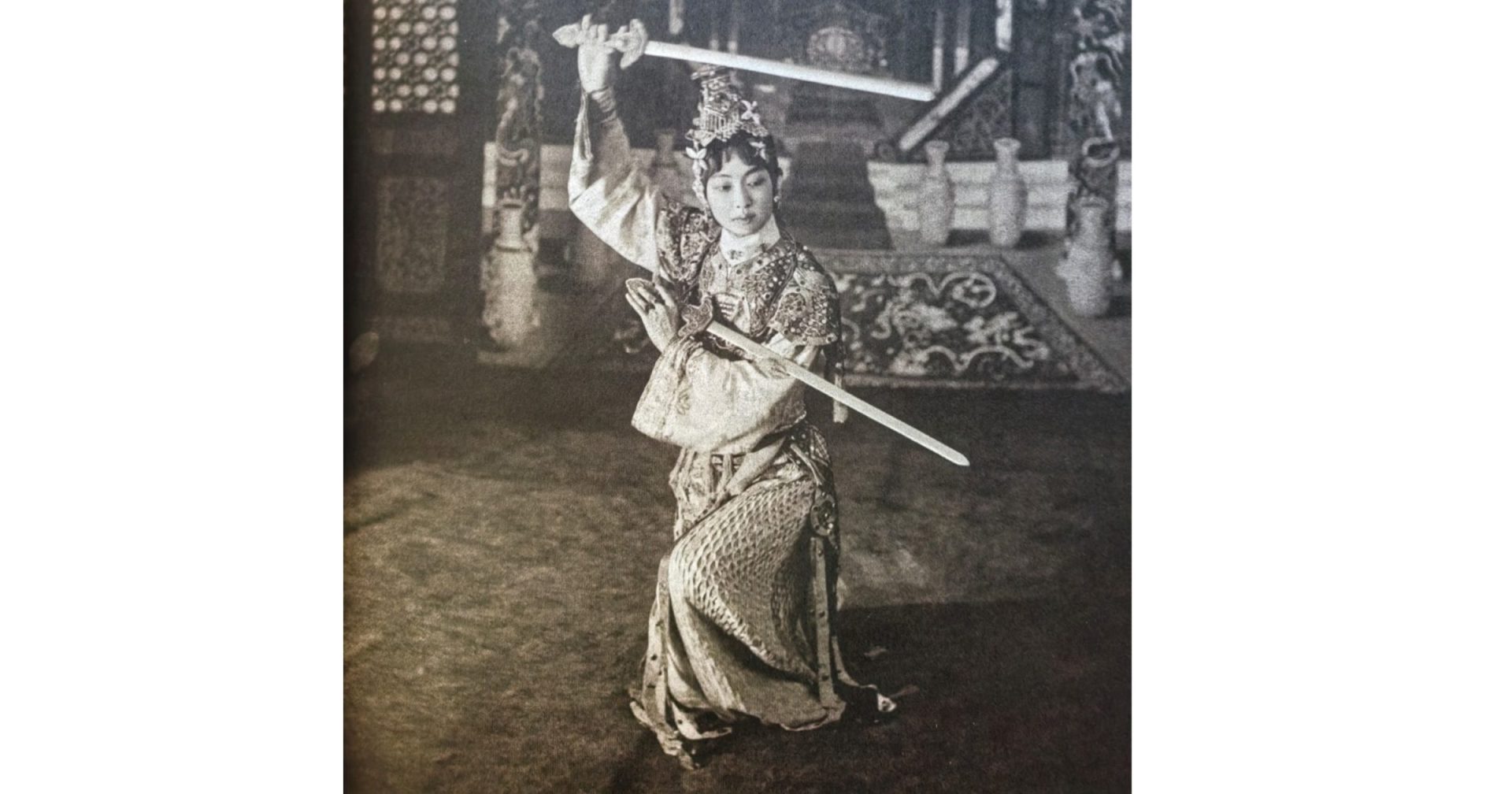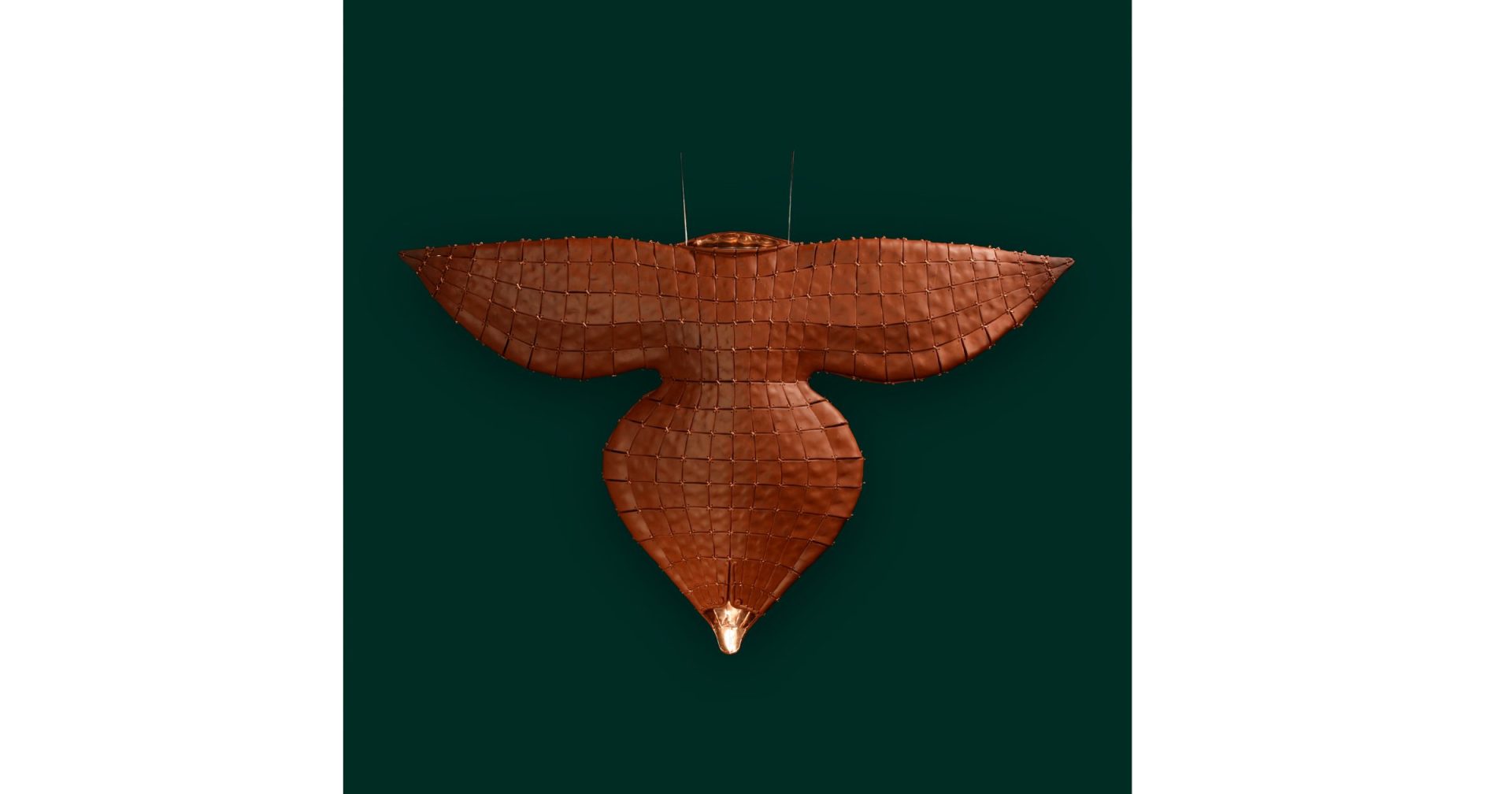“Recarving China’s Past: Art, Archaeology, and Architecture of the Wu Family Shrines,” a companion exhibition of Eastern Han dynasty material, was held at Princeton University Art Museum, Princeton, New Jersey, March 5–June 26, 2005
Shandong has long been recognized as one of the great centers of Han dynasty (206 BCE– 220 CE) art and is the source of some of the most intriguing and important recent archaeological finds. This exhibition provided much-needed insight and exposure to the important role of Shandong Province in the cultural history of China, as well as the fascinating religious and afterlife settings in ancient Chinese tombs. Selected treasures from Western Han (206 BCE–8 CE) imperial tombs, including bronze, ceramic, gold, and jade, were exhibited for the first time in the United States. The exhibition explored the concept of tomb architecture and burial items as an ensemble of “brilliant artifacts” (mingqi 明器) and attempted to place these extraordinary objects in their architectural, ritual, cosmological, religious, and cultural contexts.
